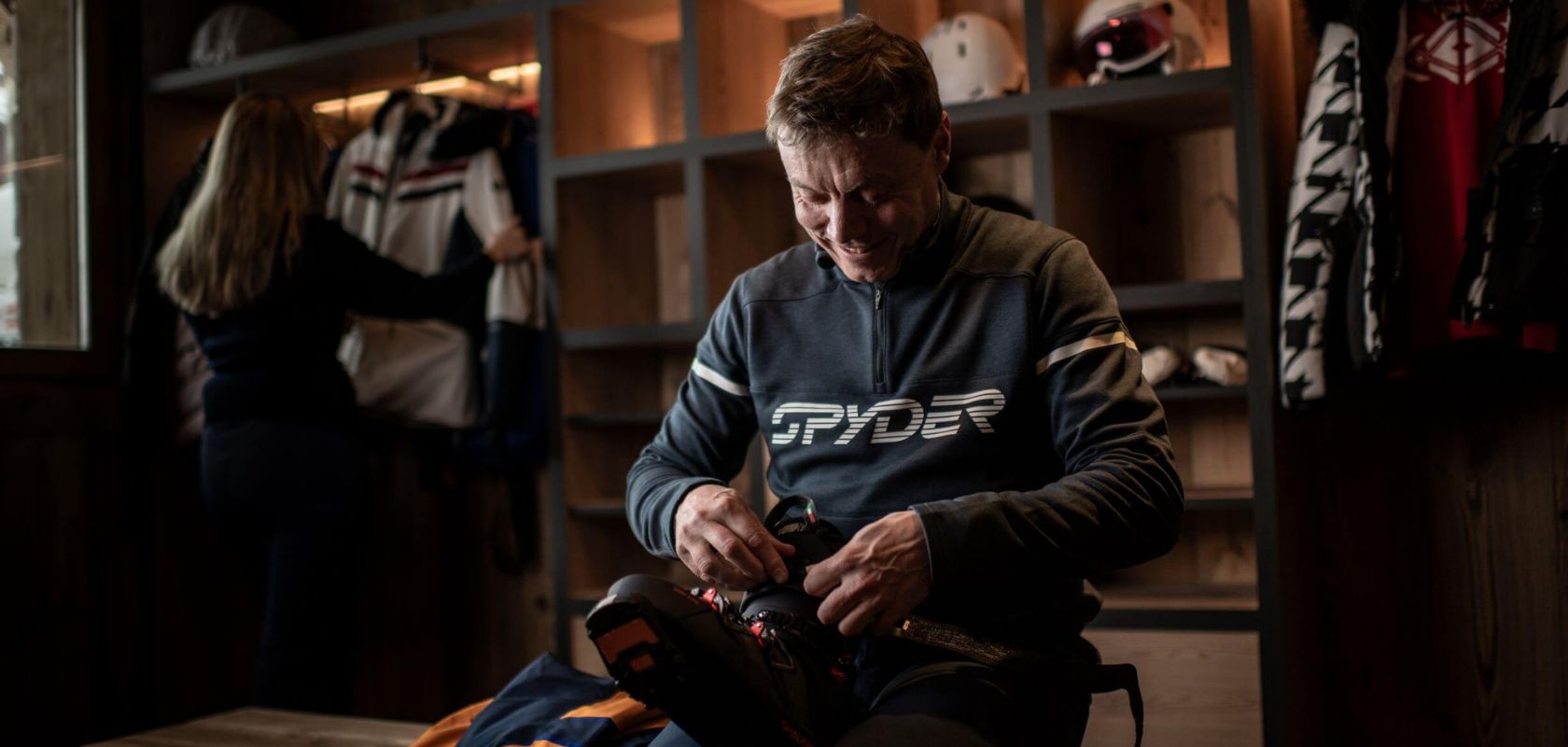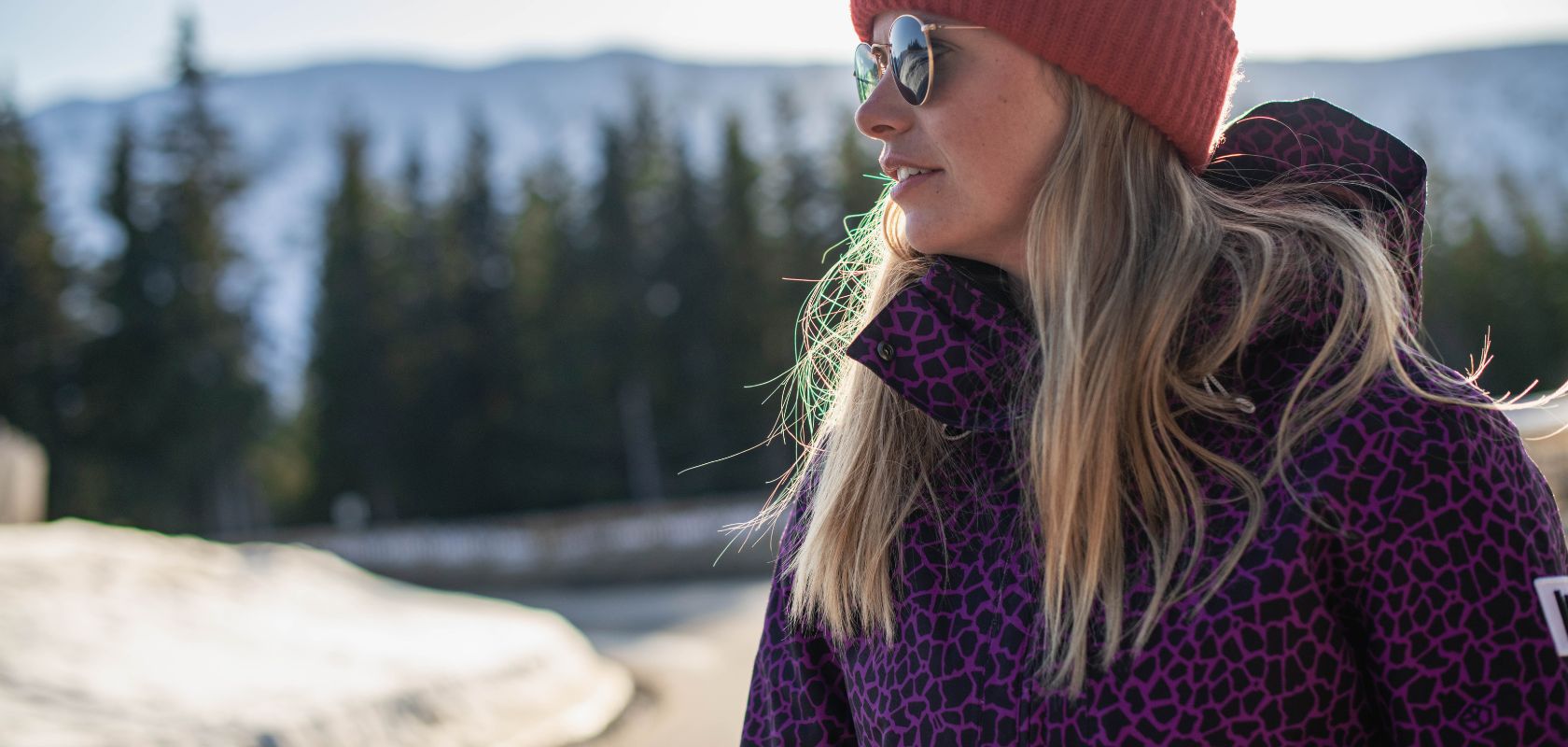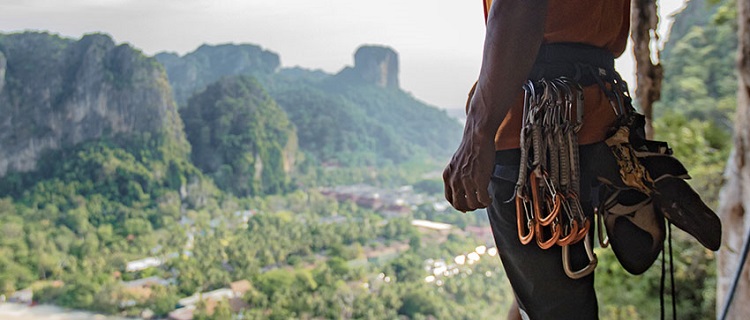How to Size Kids’ Snowboards
The Ultimate Guide for Parents
Finding the right snowboard for your child is one of the most important decisions you’ll make before hitting the slopes. A well-fitted board sets your child up for success, making learning easier, safer, and far more enjoyable. This guide will walk you through everything you need to know about sizing kids’ snowboards, from measuring height and weight to understanding board flex, style, and the importance of bindings
Why Correct Snowboard Sizing Is Essential for Young Riders
Choosing the correct snowboard size for your child isn’t just about comfort—it’s about safety, progression, and fun. A board that’s too long can be difficult to control, especially for beginners who are still mastering balance and coordination. On the other hand, a board that’s too short may not provide enough stability, particularly at higher speeds or on more challenging terrain. The right board length and flex allow children to turn smoothly, stop easily, and build confidence as they develop their skills.
Snowboarding is a dynamic sport, and kids learn best when their equipment matches their size and ability. A properly sized board helps them progress faster, reduces the risk of injury, and keeps them motivated to keep learning. Remember, every child grows at a different rate, so it’s important to measure regularly and adjust gear as needed.
How to Measure Your Child for a Snowboard
When sizing a kids’ snowboard, both height and weight are critical factors. Here’s how to get it right:
- Measure Your Child’s Height: Have your child stand straight against a wall, and mark the top of their head. Measure from the floor to the mark. This is their current height.
- Check Their Weight: Use a bathroom scale to get an accurate weight. This is especially important if your child is heavier or lighter than average for their age.
- Compare to the Size Chart: Use the chart below to match your child’s height and weight to the recommended snowboard length.
Traditionally, a kids’ snowboard should reach somewhere between their chin and chest when stood upright next to them. However, weight plays a significant role—children who are heavier for their height may need a slightly longer board for stability, while lighter children will find a shorter board easier to handle.
Expert Tip: If your child is a beginner or cautious rider, opt for a board closer to their chest. If they’re more confident or heavier for their age, a board closer to their chin or nose may be more suitable.
Kids’ Snowboard Size Chart: What Length Should You Choose?
Below is a comprehensive size chart based on age, height, and weight. Remember, these are guidelines—always consider your child’s individual build and experience level.
| Age (years) | Height (cm) | Weight (kg) | Snowboard Length (cm) |
|---|---|---|---|
| 3 | 94 | 14 | < 80 |
| 4 | 102 | 16 | 80–90 |
| 5 | 109 | 18 | 85–95 |
| 6 | 114 | 21 | 90–100 |
| 7 | 119 | 23 | 95–105 |
| 8 | 127 | 26 | 100–110 |
| 9 | 135 | 29 | 105–120 |
| 10 | 140 | 32 | 110–125 |
| 11 | 145 | 36 | 115–130 |
| 12 | 149 | 41 | 125–135 |
| 13 | 156 | 46 | 130–145 |
| 14 | 164 | 51 | 140–150 |
What to Do If Your Child Is Between Sizes
It’s common for children to fall between the recommended size ranges. When this happens, use weight as the primary deciding factor. If your child is light for their height, choose a board at the shorter end of the range. This will make it easier for them to control and manoeuvre. If they’re heavy for their height, opt for a board at the longer end of the range for added stability.
Experience level also matters. Beginners and younger children will benefit from a slightly shorter board, as it’s easier to turn and stop. More experienced riders can handle a longer board, which offers better stability at speed.
Understanding Board Flex: Why It Matters for Kids
Kids’ snowboards are designed with a softer flex than adult boards. This makes them more forgiving and easier to control, which is ideal for young riders who are still learning the basics. A board with a playful flex will help your child turn, stop, and navigate the mountain with confidence.
When selecting a board, look for one with a flex profile that matches your child’s weight and ability. Softer boards are better for lighter children and beginners, while slightly stiffer boards can help heavier or more advanced riders maintain control at higher speeds.
Should You Size Up for Growth? Common Myths Debunked
Many parents wonder if they should buy a snowboard that their child can “grow into.” While this is tempting, it’s generally not recommended. A board that’s too long can be difficult to control and may hinder your child’s progress. Instead, focus on finding the right fit for their current size and ability. You can always trade up as they grow and improve.
Remember, snowboard sizing is about safety and performance, not just longevity. A well-fitted board will help your child learn faster and have more fun on the slopes.
Kids’ Snowboard Bindings: What to Look For
Bindings are just as important as the board itself. They connect your child’s boots to the board and help transfer their movements. Look for bindings that are easy to adjust, comfortable, and compatible with your child’s boot size.
Most kids’ snowboards come with soft, flexible bindings that are easy to step into and out of. Make sure the bindings are the right width for the board and that they fit snugly with your child’s boots. This will help prevent blisters and discomfort, and ensure your child can enjoy a full day on the slopes.
Sizing a kids’ snowboard correctly is the first step to a successful and enjoyable snowboarding experience. By considering height, weight, and experience level, you can ensure your child has the best possible start on the slopes. For more personalised advice, visit your nearest Snow+Rock store where our knowledgeable staff can help you find the perfect fit for your young rider.
Ready to hit the slopes? Browse our full range of kids’ snowboards and gear at Snow+Rock, and make your family’s next winter adventure unforgettable.
FAQs
The snowboard should reach between your child’s chin and chest when stood upright. Always consider their weight and experience level as well.
It’s best to size each child individually. Sharing a board that is too big or too small can make learning difficult and unsafe.
Choose a board at the shorter end of the recommended range for their height. This will make it easier for them to control.
Most children under 5 feet (about 150 cm) should use a kids’ snowboard. Taller or heavier teenagers may need to look at adult boards in shorter sizes.
Children grow quickly, so you may need to replace their snowboard every one to two seasons. Always ensure the board is the correct size for their current height and weight.
Related Articles

Let us know you agree to cookies
We use marketing, analytical and functional cookies as well as similar technologies to give you the best experience. Third parties, including social media platforms, often place tracking cookies on our site to show you personalised adverts outside of our website.
We store your cookie preferences for two years and you can edit your preferences via ‘manage cookies’ or through the cookie policy at the bottom of every page. For more information, please see our cookie policy.







